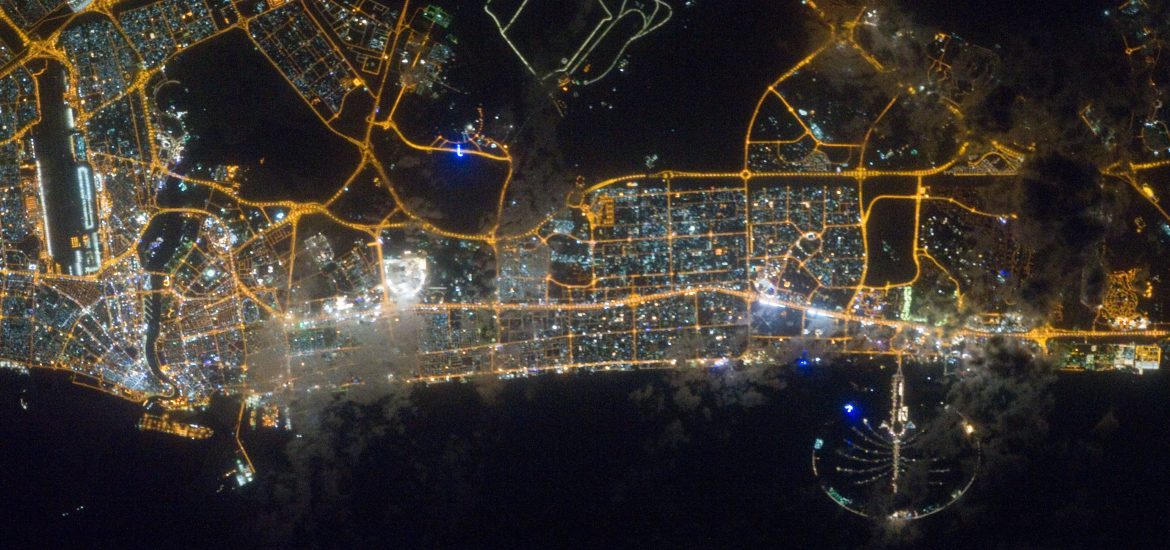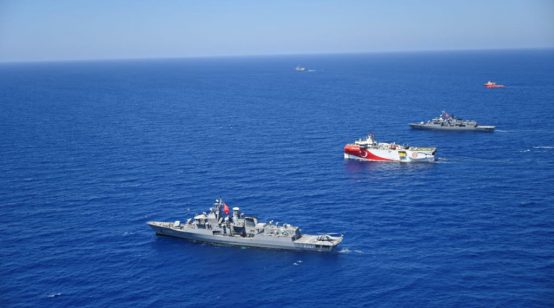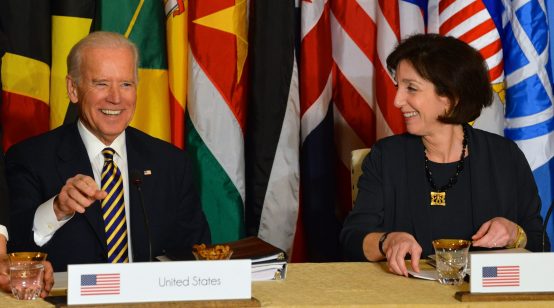
At the office tower where I worked, colleagues propped open lobby doors when they went outside to smoke so that they could feel a steady blast of artificially chilled air.
—Jim Krane, Energy Kingdoms, p. 5
Outdoor air conditioning and cigarettes are an extraordinary combination these days. Only in a political economy as extraordinarily rich as the Arab Gulf states could it be possible with any regularity. In these states, oil rents and monarchical rule have combined to produce, over the last four decades, some of the highest levels of per capita income on the planet.
According to Jim Krane’s Energy Kingdoms: Oil and Political Survival in the Persian Gulf (New York: Columbia University Press, 2019), Bahrain, Kuwait, Oman, Qatar, Saudi Arabia, and the UAE now face a reckoning. The issue for these six members of the Gulf Cooperation Council is subsidies for electricity, heating, water, and other fuels.
Long thought untouchable, Krane argues that these states must rein in subsidies or face “economic cannibalism” (p. 99). Recent experiences in Dubai, Saudi Arabia, and others illustrate that they can.
Energy Kingdoms is concise and packed with valuable insights and analysis. It is a must read for anyone wanting to understand oil and political economy in the Gulf. Beginners will find Krane’s descriptions of energy terms easy to understand and his use of history deft in contextualizing how and why the Gulf got where they are today. Experts will learn more deeply about regional case studies and reconsider rentier theory, a building block for much of our understanding of Gulf regimes.
No country for old subsidies
The Arab oil producing states in the Gulf won huge increases in revenue after the two oil price shocks of the 1970s. Subsidies seemed a natural way to share these rents, what Krane calls “a financial reward for a ‘gift of nature’” (p. 25), and to bind citizens to their ruling families.
Early on, this was fine. There was plenty to go around. But over time, subsidies became unsustainably wasteful. Air conditioning may be the largest problem, accounting for 70 percent of total power use during peak summer periods (p. 69). Water use is also egregious. Since the region is bereft of natural rivers or lakes, it relies of expensive and energy-intensive gas-fired desalinization plants. Despite this, the average Saudi uses 250 liters per day compared to a global average of 80 liters per day (p. 124).
Cheap or free resources inevitably lead to waste. To illustrate how central price is to demand, Krane compares Kuwait and the U.S. state of Arizona and argues that paying market prices would reduce consumption by at least 33 percent (p. 79-84). These wasted oil and gas resources should instead be exported.
What some outside the region may not know is that these regimes have begun to tackle the problem. Iran made valiant attempts to cut subsidies in 2010 (p. 99-103), while Dubai took steps to upend the principle that subsidies were sacrosanct by instituting a 15 percent increase in electricity tariffs around the same time (p. 108-9).
The most salient experiment has been in Saudi Arabia, where the government has dialed back subsidies since 2016, smartly targeting the more wasteful wealthy and cushioning the poor with cash benefits. These efforts faced pushback, but have already lowered consumption (p. 125-35). In the smaller kingdoms, expatriates bear the brunt of the increases, while citizens mostly continue to ride for free. Since Saudi Arabia is more populous and does not have similar ratios of expatriates, its reforms were both more necessary and noteworthy.
Revising rentier theory
Most observers have long thought it impossible to cut subsidies in the Gulf because it would lead to greater demands for democracy. Yet the tentative success of reforms illustrate that the academic assumptions of rentier theory needs to be reconsidered.
First, the economic waste of subsidies is clearly unsustainable, and attacking the demand side is the only solution. Producing more oil and gas to sustain subsidies is not only poor economic strategy, but now finds no willing investors for new projects.
Krane also cites two interesting reasons for why reform is taking hold now. First, the political chaos unleashed by the Arab Spring caused Arab Gulf citizens to rally around their rulers. He describes how an ISIS attack against a mosque in Kuwaiti in 2015 helped create a security crisis whereby citizens “rallied around their ruling sheikhs as bulwarks against the depredations of ISIS” (p. 139). In this context, subsidy reform was more palatable to the populace. Second, climate change is an existential threat to these states, maybe not in the short term, but gradual reform now could forestall a dramatic reckoning with rentier governance later (p. 165-70).
I was somewhat surprised that Krane did not discuss the role of U.S. shale in this story, aside from mentioning it as a factor that is straining U.S.-Saudi relations (p. 163-4). Doesn’t the economic threat of shale and its shorter investment cycles affect the urgency of subsidy reform? Perhaps not, but I wondered.
Gas matters
Most books about the Gulf focus almost exclusively on oil. Oil is at the root of the Gulf countries’ dilemmas – it is true rent-generator as its resale value far exceeds natural gas on average. I figured Krane’s would be the same considering the title, but this is far from the case.
I particularly enjoyed learning about how important natural gas is in this equation. Krane explains how a major frustration of these states with the international oil companies (IOCs) running their oil industries was they simply flared, or burned off, gas that seeped out of oil fields. The IOCs did not capture and export this so-called associated gas because they were no markets reachable by pipeline. After finding the largest gas field in the world, North Field, off the coast of Qatar in 1971, Shell simply capped it (p. 45). The countries themselves rightly saw this as wasteful by the 1970s, when natural gas began to surge in the power sector in Western Europe and elsewhere. Despite attempts to harness gas, the Gulf region is still a net importer of the fuel today.
Listen to the past
Energy Kingdoms does a masterful job of using history to inform contemporary analysis. The first four chapters are largely historical but anticipate the major themes of the book. The last five chapters are largely contemporary and policy-oriented but interweave history in an informative way. Most policy books have a perfunctory “historical background” section that adds little to the analysis; Krane’s use of history is deft and helpful.
I can, however, nitpick an historical interpretation here and there. For instance, Britain began converting its navy to oil in 1898-1903, although Churchill’s moves in 1911 usually get credit (p. 29).
I also think Krane misses an opportunity to reinforce the importance of spare production capacity in discussing the 1973-4 embargo. This is surprising since he underscores early on that spare production capacity is the key to the Gulf’s importance (p. 15). He rightly argues that nationalization drove Middle East producers to wrestle control of oil from the IOCs (p. 40-42). But he doesn’t connect their ability to do so with the loss of global spare production capacity by the early 1970s. Saying that “oil had become too vital to be cheap” (p. 42) is not the full picture. Oil had also become too scarce to be cheap. The 1956-7 Suez Crisis and less known 1967 Arab oil embargo failed to raise prices or cause shortages because of spare production capacity in the Western Hemisphere.
These are minor, somewhat forced, critiques. Energy Kingdoms is an outstanding work for those wanting to better understand the Gulf Arab oil-producing states. Businessmen going to the region could even finish it on the flight, as it is a quick-hitting 170 pages. More importantly, the reader will understand why ending free energy is politically possible and economically inevitable.





